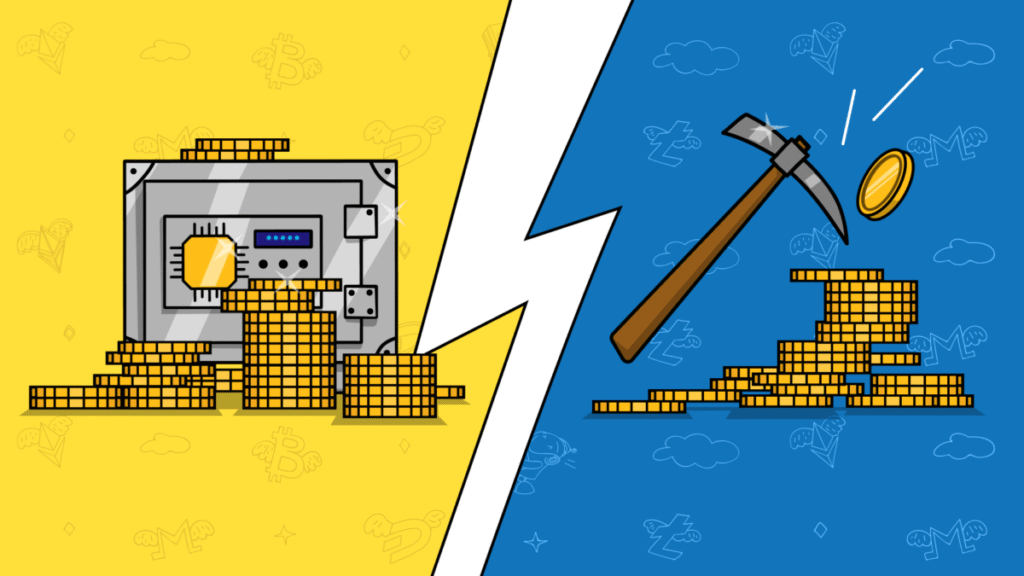In the world of Bitcoin mining, you’ll often hear about miners, hashrate, electricity costs—but one of the most elegant mechanisms under the hood is the difficulty adjustment. This protocol-level feature helps keep the Bitcoin network stable, predictable, and fair—so miners and participants alike can trust the system. Below is how it works, why it matters, and how mining-hosts like Bitmern align their operations around it.
What Is the Difficulty Adjustment?
Bitcoin targets an average of one block every ~10 minutes. To help maintain that, the network automatically recalibrates how “hard” it is to mine a block based on the total computational power (hashrate) of the network.
In practical terms:
- Every 2,016 blocks (about every 2 weeks), the protocol looks at how long it took to mine those blocks.
- If blocks were found faster than the 10-minute average, difficulty increases (making mining harder).
- If blocks were found slower, difficulty decreases (making mining somewhat easier).
- The result: despite ups and downs in how many miners join or leave, the block-time stays close to 10 minutes and the supply schedule of Bitcoin remains predictable.
Why It Matters for Fairness & Stability
1. Predictable Issuance
Because difficulty adapts, the pace at which new bitcoins are issued doesn’t wildly accelerate or collapse just because many miners join or leave. That protects Bitcoin’s monetary policy and helps maintain trust.
2. Level Playing Field
Anybody with valid mining hardware can participate (given cost and efficiency constraints)—rather than the network being swamped by new entrants or dominated because mining suddenly becomes trivial or impossible. The adjustment helps moderate swings and supports fairness of operation.
3. Network Security
Difficulty makes attacking or manipulating the network harder—since large changes to hashrate must contend with the difficulty mechanism and block timing. It raises the cost of attacks and helps preserve decentralisation.
4. Economic Balance
For miners (including those hosted at Bitmern), knowing that difficulty will respond to hashrate movements means you can estimate cost, efficiency, and profit margins with more confidence. Hosts who plan for and monitor difficulty changes are better positioned for long-term operations.
How Bitmern Aligns Its Hosting Strategy with Difficulty Dynamics
Bitmern’s hosting and mining model reflects a clear understanding of difficulty adjustment realities:
- By hosting miners in locations with low electricity cost and high efficiency, Bitmern helps clients withstand periods when difficulty increases and profitability is tighter.
- Their operational monitoring and maintenance services enable clients to keep hardware running close to spec—so when difficulty rises, they’re better positioned than less efficient operations.
- Bitmern emphasises transparency: clients can see performance, uptime, and how difficulty trends might impact returns. This transparency is important since difficulty increases reduce margin for less efficient miners.
What Miners Should Do Because of Difficulty Adjustments
If you’re mining or hosting via Bitmern (or elsewhere), here are practical steps:
- Monitor network hashrate and upcoming difficulty cycles: anticipate when difficulty may increase and what that means for your cost base.
- Prioritise efficiency: as difficulty goes up, the difference between efficient and inefficient hardware widens. Good hosts keep the hardware and environment optimal.
- Prepare contingency: when difficulty rises significantly, margins shrink—make sure hosting contracts, power costs, and hardware are aligned to stay viable.
- Use transparent dashboards: being able to see real performance vs. expected helps you react (upgrade, maintenance, scale) more quickly.
Final Thoughts
The difficulty adjustment mechanism is a little-appreciated yet critical part of what keeps Bitcoin fair, predictable, and secure. For miners and hosting operators like Bitmern, understanding and aligning with difficulty dynamics is essential—not optional. When you work with a host that monitors performance, supports efficiency, and keeps you informed, you’re better placed to ride the cycles of difficulty and remain competitive.











